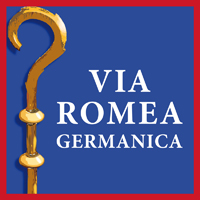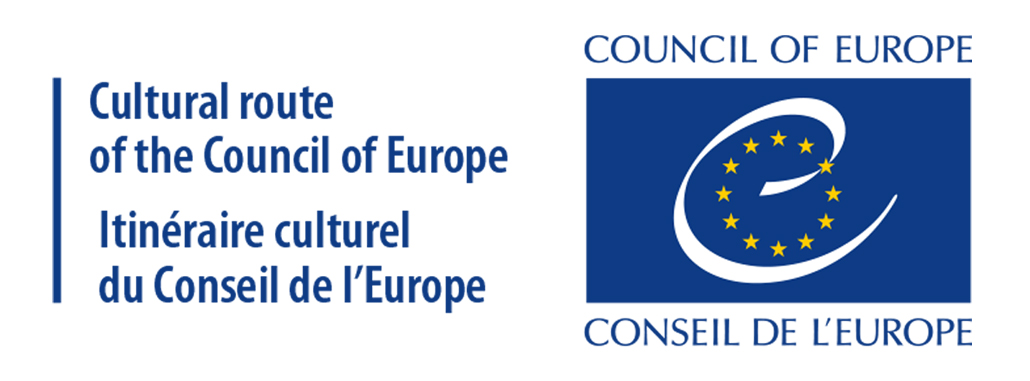The Italian anthropologist Giovanni Caselli and the retired German priest Uwe Schott had the idea of exploring Abbot Albert of Stade’s way to Rome in October 2007. Uwe Schott identified the 28 stage locations in Germany mentioned by Abbot Albert in his itinerary of 1237 and Giovanni Caselli did the same in Italy. Already on March 7 in 2008, we met for a first consultation meeting for the German route in the historic town hall of Ochsenfurt. The meeting was attended by 12 representatives of the German pilgrimage towns mentioned by Abbot Albert. As a result, a sponsoring association should be founded. In Italy, the pilgrimage cities met for the Italian section.
In Ochsenfurt ,we agreed to inform further places along the pilgrim route. At the second consultation meeting on 14 November 2008 in Bad Neustadt an der Fränkischen Saale, the draft statute for the association “Romweg-Abt Albert von Stade” was worked on and the progress and contacts made so far were discussed.
On 30 January 2009, the founding meeting of the “Förderverein Romweg – Abt Albert von Stade e. V.” took place in Hornburg am Harz. Mayor Andreas Memmert, Hornburg (municipality of Schladen-Werla) was elected as the first chairman. The second chairman was Uwe Schott
A first general meeting took place in June 2009 in Garmisch-Partenkirchen, in which a delegation of partner pilgrimage cities from Italy took part already.
In the meantime, the partner association “Via Romea Germanica” was founded in Italy. Rodolfo Valentini became the first chairman. A common logo was developed and a close cooperation was decided upon. The Austrian pilgrimage association “Jerusalem Way” with its chairman Johannes Aschauer has become the third cooperation partner within the framework of the ongoing recognition process as a European Cultural Route.
At the moment, the recognition procedure for the Via Romea as a European Cultural Route is being prepared and an application for the recognition is being made.
Excerpt from our statutes for the purpose of the association
*Basic information, motivation and activation of the 28 German cities and municipalities along the historic route of the medieval itinerary
*Initiation of the cultural departments, city archives and tourism departments concerned to determine the historic route as well as current possibilities of a culturally and touristically appealing route in Germany,
*Encouragement, support and networking of local working groups for the project,
*Provision of the necessary literature, work equipment and materials for researching and documenting the respective sections of the route,
*Organization of consultation meetings and other effective events and activities, as well as the provision of communication tools for continuous information and mutual consultation of members,
*Perception of the international contacts and partnerships with the participating cities in Austria and Italy necessary for the recognition as a European Cultural Route by the Council of Europe
*Integration of the Via Romea into the network of international pilgrim routes and coordination with the national and international pilgrimage offices of the Catholic and Protestant church
*Bringing the historical route, which, in many areas, is one of the oldest streets in the medieval German Empire, back to the consciousness of people living today
*Establishment of the historical route as a “European Cultural Route”
*Creating the possibility, by appropriate signposting, that people can get to know the partly age-old cultural assets along the historical route in a new historical context or that they can “experience” them.





